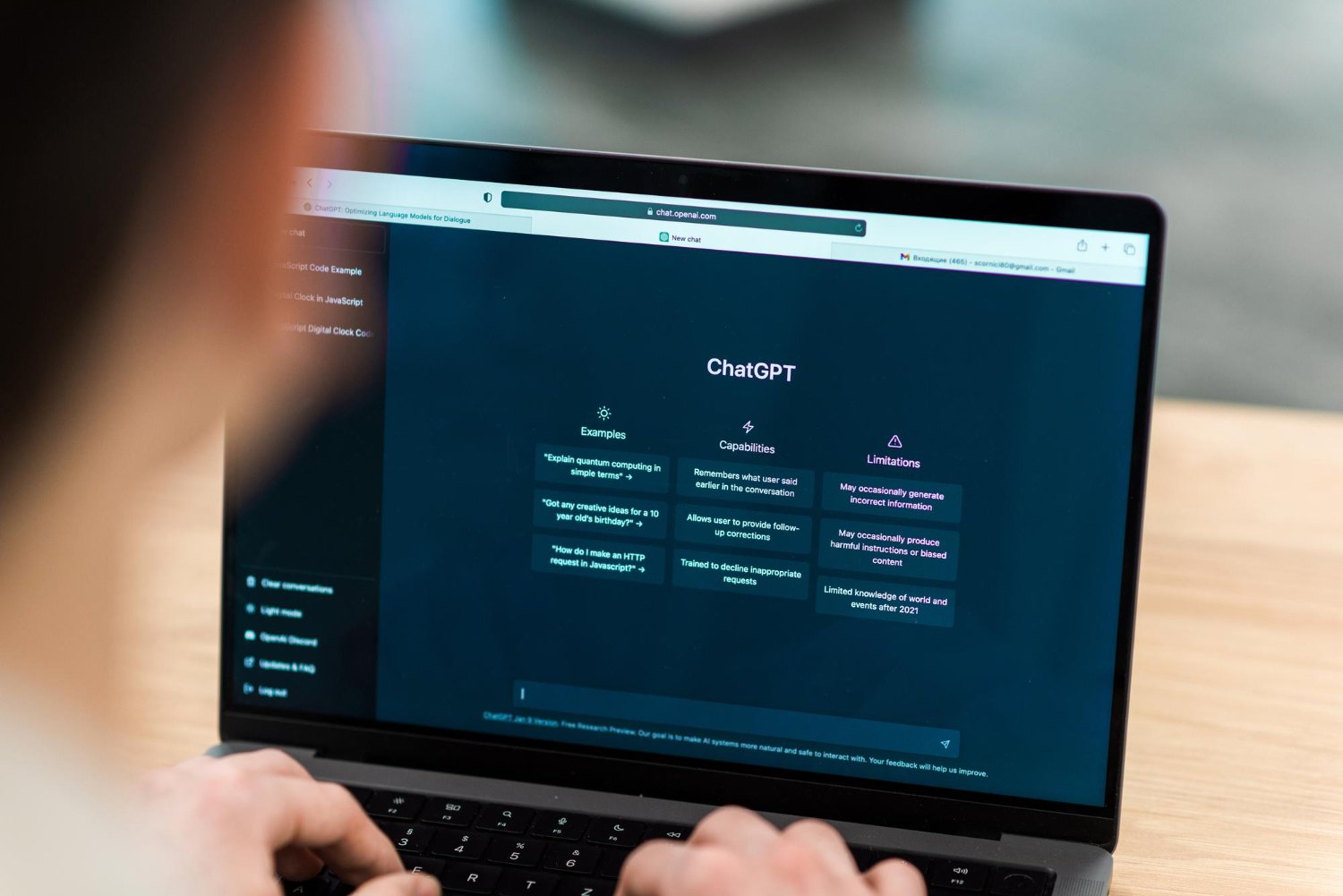Problem
Our client, a small government-backed startup, faced the challenge of expanding multi-platform screen reading capabilities to support the Kazakh language on consumer devices. This task, seemingly straightforward on the surface, involved numerous technical hurdles due to the complexity of developing a text-to-speech (TTS) system for a less commonly supported language like Kazakh.
The need for Kazakh language support arose from a broader initiative to improve accessibility for individuals with visual impairments, ensuring they could interact with consumer devices just as easily as those without impairments.
This issue is especially critical in the case of text-to-speech software, which forms the backbone of accessibility tools that read aloud text from a screen. A case study on this project demonstrates the real-world challenges companies face when working with multiple languages, particularly those that are less supported in mainstream platforms.
Challenges and Constraints
The case study typically focuses on how a business overcomes obstacles, and in this situation, the primary hurdle was the tight deadline. The project had a narrow timeline, which meant there wasn’t enough time to develop custom models or retrain existing ones from scratch. Given this constraint, our team had to rely on pre-trained models that were already available for Kazakh.
However, the pre-trained Kazakh models were mostly accessible only as PyTorch checkpoints, a format that wasn’t directly compatible with the text-to-speech software our client planned to integrate. To deploy these models efficiently on consumer devices, they needed to be converted into more efficient runtime formats, such as ONNX (Open Neural Network Exchange) and CoreML, which work better in real-time environments.
The tight deadline also forced us to consider additional constraints. Generated speech needed to be natural sounding, especially given the sensitivity of the text-to-speech project for visually impaired users. The voice needed to sound as close as possible to human speech, avoiding the common robotic or artificial tone that some TTS systems produce.
Another challenge was the outdated build systems used in some of the open-source application-layer solutions. Although some application-layer tools were available to start from, they often relied on outdated dependencies, which meant they could not be directly implemented without reworking the code and simply copying the functionality from more updated systems. We needed to resurrect these systems to bring them up to date, which took additional time and effort.
Solution
Despite these constraints, our team managed to develop a working solution for text-to-speech software on multiple platforms. For Android and Windows devices, we were able to convert the pre-trained PyTorch models into more efficient runtime formats, such as ONNX. This conversion allowed us to deploy high-quality real-time models capable of generating natural sounding voices that could read aloud text on these devices.
For iOS, however, the solution proved more complex. The same model that worked for Android and Windows turned out to be too memory-intensive when integrated into the iOS screen reader framework. This limitation became a significant roadblock for our team, as the model required more memory to function effectively on iOS.
To circumvent this issue, we opted to develop a standalone application for iOS devices. This standalone app allowed us to bypass the restrictive memory requirements imposed by the AVSpeechSynthesisProviderAudioUnit API.
The trade-off, however, was that the app could no longer integrate directly with the native screen reader framework. Instead, users had to launch the separate app for the text-to-speech functionality. Despite this compromise, we still delivered a functional, real-time solution that met the needs of Kazakh-speaking users with visual impairments.
Results
The project ultimately resulted in a high-quality text-to-speech system available on multiple platforms, including Android, Windows, and iOS. While the iOS version required a standalone application due to memory limitations, the overall solution was deemed a success. It allowed users to access natural sounding speech in the Kazakh language, improving device accessibility for individuals with visual impairments.
The generated speech was of sufficient quality to be practically indistinguishable from human speech, helping users interact with their devices more naturally and comfortably. This was especially important in ensuring the speech could be used not only for casual reading but also in more formal environments like education or business.
Future Steps
Our team proposed a number of potential improvements for future projects. Specifically, we suggested continuing to optimise the model for iOS devices, exploring alternative ways to reduce memory consumption. Additionally, as AI voice technologies continue to evolve, future projects could incorporate more advanced deep learning models to enhance the quality of text-to-speech software even further.
Why This Case Study Matters
This case study is an in-depth examination of the unique challenges that arise when developing text-to-speech solutions for a less commonly supported language like Kazakh. It highlights the practical difficulties of working with pre-trained models and outdated systems and underscores the importance of real-world problem-solving in AI research and development.
For companies developing business case studies, this project offers a clear example of how to tackle language-specific challenges under tight deadlines, balancing high-quality output with the constraints of memory, processing power, and pre-existing software limitations.
Text-to-Speech: A Broader Perspective
Text-to-speech technologies have gained increasing importance in recent years, thanks to the rise of AI technologies. These systems are used not only to support accessibility for those with visual impairments but also in a wide range of other industries. For example, text-to-speech software is used in customer service applications, virtual assistants, and content generation. A free text-to-speech solution can help businesses save time by automating the reading of documents, reports, or other text-heavy content.
AI voice technology has come a long way from its early, robotic-sounding origins. Today’s systems use deep learning to generate voices that sound more human-like, and they can operate in multiple languages, making them suitable for a wide range of global applications. By developing solutions that can handle niche languages like Kazakh, companies can expand their markets and serve previously underserved populations.
The Role of AI in Improving Text-to-Speech
The quality of text-to-speech depends heavily on the underlying AI models. These models must be trained on large data sets that include a wide variety of speech patterns, accents, and dialects. For example, creating a natural-sounding Kazakh voice required careful attention to the nuances of the language, which differ from more commonly supported languages like English or French.
One of the key advantages of modern AI voice technologies is their ability to perform specific tasks at a high level. Whether it’s generating a natural sounding voice in real-time or processing large amounts of text quickly, AI-powered text-to-speech solutions are designed to be both efficient and adaptable.
The role of deep learning and neural networks in these systems cannot be understated. These advanced techniques allow TTS software to learn from massive amounts of data sets, refining the way it handles speech patterns and improving the overall quality of the generated voice. This is crucial for providing users with an experience that feels as natural as possible, whether they’re using the TTS software to read documents, emails, or websites.
Beyond Kazakh: Applications of Text-to-Speech in Multiple Languages
While this case study focused on developing a Kazakh language solution, the underlying technology can be adapted for other languages as well. Companies that operate in multilingual environments can benefit from investing in high-quality text-to-speech systems that support multiple languages. This enables them to reach more customers and provide better service, particularly in regions where access to technology is limited.
For instance, businesses operating in North America, Europe, or Asia can integrate text-to-speech solutions into their customer service platforms, allowing customers to interact with their services in their native languages. This not only improves customer satisfaction but also helps to save time by automating tasks that would otherwise require human intervention.
Conclusion
The success of this project demonstrates the potential for text-to-speech technologies to expand accessibility and improve the user experience for people with visual impairments. By overcoming the challenges posed by outdated systems, limited memory, and pre-trained models, our team was able to deliver a real-world solution that met the needs of Kazakh-speaking users across multiple platforms.
As the field of AI research continues to evolve, we expect to see even more natural sounding and high-quality text-to-speech systems that can handle increasingly complex, specific tasks.
Whether it’s for business case studies, academic research, or practical applications in customer service, AI-powered text-to-speech will continue to play a crucial role in shaping how we interact with technology in the years to come.
At TechnoLynx, we are committed to staying at the forefront of this innovation, helping businesses deploy cutting-edge text-to-speech solutions that make a difference.













